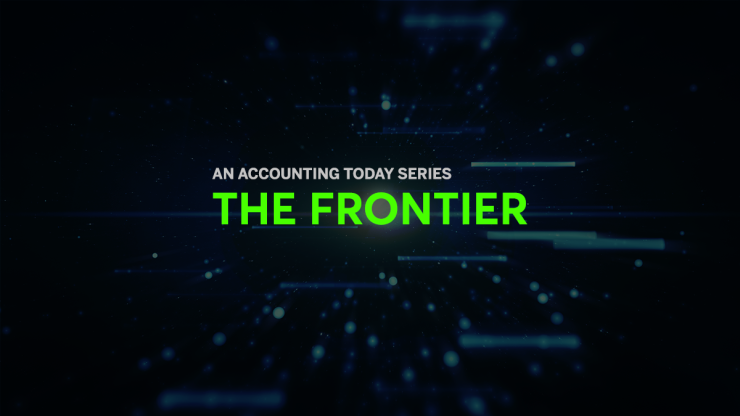Long, long ago — before there was social media, before there was online retail, before there was even a World Wide Web — the cutting edge technology was electronic mail or, as it is more commonly known today, email. When it first came onto the scene, people reacted with marvel at the ability to communicate with anyone across the world instantly, without even the need for postage.
At the time, it was said that email would make business more efficient, and for a while that was true. But many years have passed since then, and thought leaders are now saying that email has transformed from boon to burden, an albatross around the profession’s neck that holds back its digital transformation.
Randy Johnston, founder of Network Management Group Inc. said that he dislikes it for the same reasons a lot of people do: the never-ending inbox.
“In my world, I get upwards of two to three hundred of them a day. As I’m processing that much email, I find I need to process [more]. I delegate what I can, but I think email can be distracting. … I think email is what I hate the most,” he said.
In case you need more reasons to hate email, Joseph Woodard, leader of Woodard Events, which runs the Scaling New Heights accounting technology conference, has a more-than-ample supply, which he can share without even pausing to think: “I despise email. I despise it because it’s insecure, I despise it because it’s overrun with solicitations, I despise it because it creates vulnerabilities in my company through phishing schemes, I despise it because it is a massive distraction. It is impossible to tame, or very difficult to tame, and it costs my company tens of thousands each year by its very existence,” he said.
David Cieslak, chief cloud officer at Top 100 Firm RKL, said the frustration with email is an extension of the frustration he feels around simple mundane tasks that he says still consumes too much of a professional’s day. Email might become more workable than it is now through better virtual assistants, ones driven by AI that can prioritize connections based on things like the content of the message or who is doing the corresponding, and can even follow up on simple things automatically. While there are programs like that today, they still require far more human input than they should, according to Cieslak.
“You think of how much time we spend each day traditionally in front of email. … It just feels like there’s still too much touch that needs to happen for everyday mundane things, and I think for each of us this just consumes too much of our day, a significant chunk,” he said.
James Bourke, a partner and managing director of advisory services at Top 100 Firm Withum, said that other communication tools like Slack or Teams have many of the strengths of email with few of its weaknesses. In an ideal world, he would abandon email altogether in favor of these more modern communication tools. However, email is everywhere, and even if one has a dozen other ways to communicate, email is still seen as the default, which means businesses are stuck with it for now, much to his frustration.
“It’s 2022. Why are humans still emailing people?” he asked. “I hate to say it, a lot of people live by email, but why are we still doing this?”
Like others, Bourke lamented the fact that much of his days are spent going through his messages, the majority of which aren’t even relevant to him, to find the few that he actually does need to see. And this is with email management tools. He shuddered to think of what his inbox would look like without them. He longed for this to change, and saw hope in new tools like Slack and Microsoft Teams.
“I’ve got to read all those emails. It would be nice to get away from that model. I love Teams, I think a lot of our teams are using [instant messaging] devices and tools like Slack to collaborate with our clients. But the whole email thing, I can’t wait until it goes away. Like, when was the last time you talked to someone on your cell phone? We’ve gotten away from that because these are mainly devices that allow us to text and reply,” he said.
This might take a while, though, considering that the technology email was meant to replace is also alive and well: snail mail. Woodard said it’s strange that even when email is everywhere people still send sensitive documents through the post. While it’s not nearly as common as it was years ago, it’s needed often enough that it remains a concern to him, especially where it concerns taxes.
“We’re so eager to guard our clients’ security. We say don’t email your Social Security number, stop sending me attachments because we listened to people about hackers and bad actors. But we will take something so important it literally takes an act of Congress to get released [like with the former president’s tax returns] yet we still stick them in a chain of custody which is being managed by just-above-minimum-wage workers that we don’t know, with touchpoints in the dozens by the time it gets to the person, and there’s no chain of custody once it’s delivered. They slap it down on the receptionist’s desk, who may open it, not even knowing they’re invading someone’s privacy, and then stick it on the corner of someone’s desk when they’re on vacation. Have we lost our minds? We have,” said Woodard.
This story is part of an Accounting Today series called “The Frontier,” where we explore the cutting edge of accounting technology through conversations with thought leaders across the country, who will share with us their observations, hopes, concerns and even a few predictions here and there. We’ll see you at the Frontier.
See the rest of






